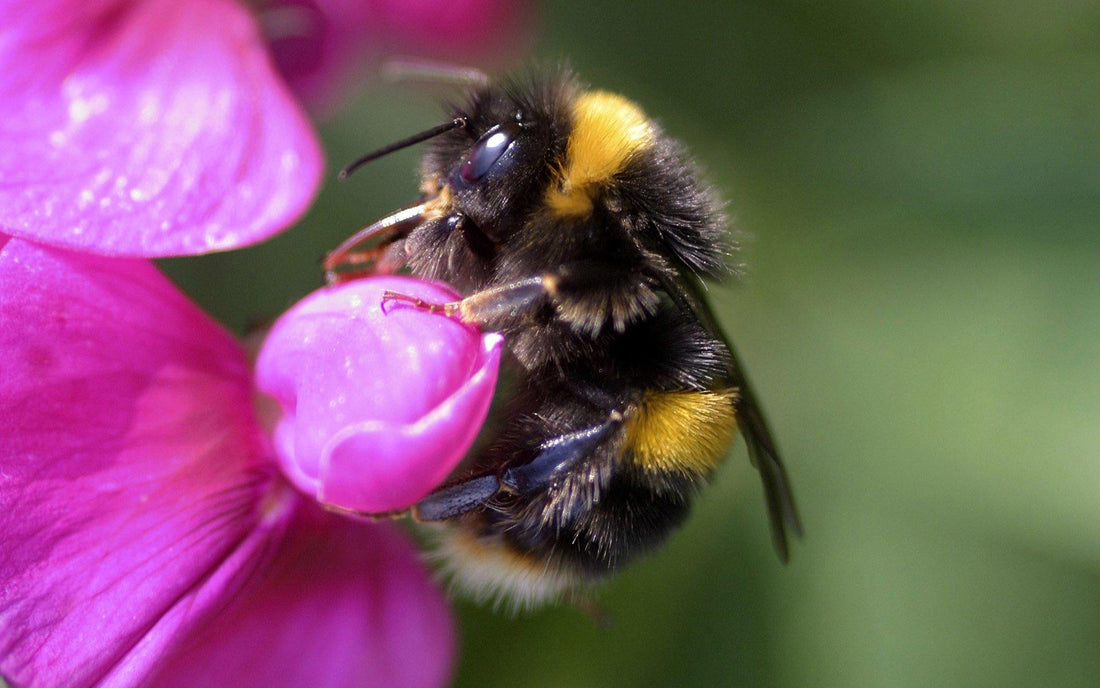
Uncovering the Secrets of Bumble Bee Nests
Share
Bumble bee nests are truly fascinating structures, hidden away in the most unexpected places. Unlike their honey bee cousins, who build their hives in the open, bumble bees prefer to tuck their nests into cozy, sheltered spots. They might choose an abandoned mouse burrow, a hollow tree stump, or even a pile of leaves or grass clippings.
One of the most remarkable things about bumble bee nests is their intricate design. The bees use a combination of wax, pollen, and their own saliva to construct a series of interconnected chambers, each with a specific purpose. The central chamber is where the queen lays her eggs, while the surrounding cells are used for storing honey and pollen.
As the colony grows, the bees add more chambers, creating a labyrinth-like structure that can be quite impressive in size. Some nests can even reach the size of a football! And the bees are incredibly efficient, working tirelessly to maintain the cleanliness and organization of their home.
But bumble bee nests aren't just architectural marvels – they're also crucial to the health of our ecosystems. These pollinators play a vital role in the reproduction of many plants, and their decline can have far-reaching consequences. That's why it's so important to protect and preserve their habitats.
One of the best ways to do this is by creating bee-friendly gardens. By planting a variety of native flowers and avoiding the use of pesticides, you can provide a safe haven for these amazing creatures. And who knows – you might even be lucky enough to stumble upon a bumble bee nest of your own!
So next time you see a buzzing bee, take a moment to appreciate the incredible work they do. And remember, the secrets of the bumble bee nest are just waiting to be discovered.
The Life Cycle of a Bumble Bee Colony
Bumble bee colonies have a fascinating life cycle that unfolds over the course of a single year. It all starts in the spring, when a newly mated queen emerges from her winter hibernation and begins searching for the perfect nesting site.
Once she's found a suitable spot, the queen gets to work building the first few cells of her nest. She lays her eggs, and then sets about collecting pollen and nectar to feed the growing larvae. As the colony expands, the queen's role shifts from egg-laying to overseeing the work of her worker bees.
Throughout the summer, the colony continues to grow, with the workers tirelessly gathering resources and caring for the young. By late summer or early fall, the colony reaches its peak, with hundreds or even thousands of bees working together to keep the hive running smoothly.
But the story doesn't end there. As the weather turns colder, the colony begins to wind down. The queen stops laying eggs, and the workers start to die off. The only survivors are the newly mated queens, who will hibernate through the winter and emerge in the spring to start the cycle all over again.
It's a remarkable process, and one that we're still learning more about every day. By understanding the life cycle of the bumble bee, we can better appreciate the incredible resilience and adaptability of these amazing insects.
Protecting Bumble Bee Habitats
As we've seen, bumble bee nests are fascinating and important parts of our ecosystem. But sadly, these pollinators are facing a number of threats, from habitat loss to the use of harmful pesticides.
That's why it's so important for all of us to do our part in protecting bumble bee habitats. One of the best ways to do this is by creating bee-friendly gardens. By planting a variety of native flowers and avoiding the use of pesticides, you can provide a safe and welcoming environment for these amazing creatures.
Another important step is to be mindful of the natural spaces around us. If you come across a bumble bee nest, resist the urge to disturb it. Instead, give the bees a wide berth and enjoy watching them at work from a safe distance.
And if you're ever in a situation where you need to remove a nest, it's best to call in a professional. Bumble bees are generally quite docile, but they can become defensive if their home is threatened. A professional beekeeper or wildlife expert will be able to safely relocate the nest to a more suitable location.
By taking these simple steps, we can all play a role in preserving the delicate balance of our ecosystems. After all, the future of our gardens, our food supply, and our planet depends on the health and well-being of these incredible pollinators.
So let's all do our part to protect the bumble bee, one nest at a time.
